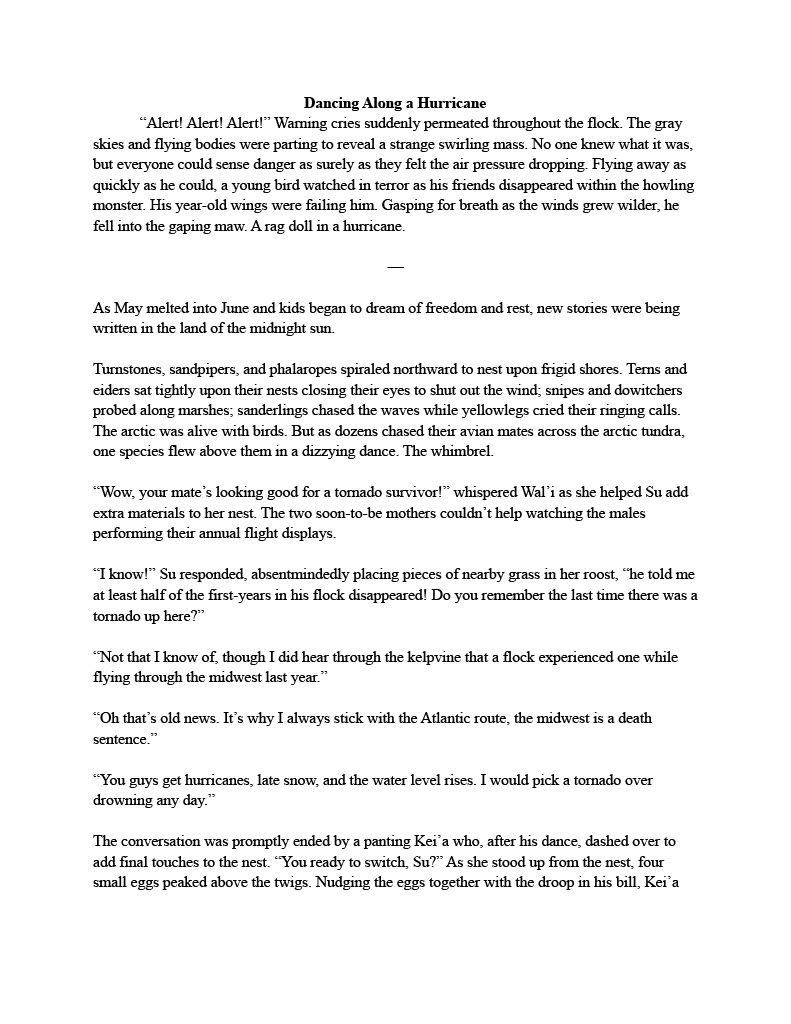Signs of Spring!
Enjoy!
Welcome to the MYBC Signs of Spring! art exhibit. All artwork featured in this gallery is created by MYBC club members. Each season, the Massachusetts Young Birders are encouraged to create art related to our upcoming gallery theme. The prompt for the current gallery (below) was to have club members create work that reminds them of spring and all of the nature signs they can begin to look for during this exciting time of the year!
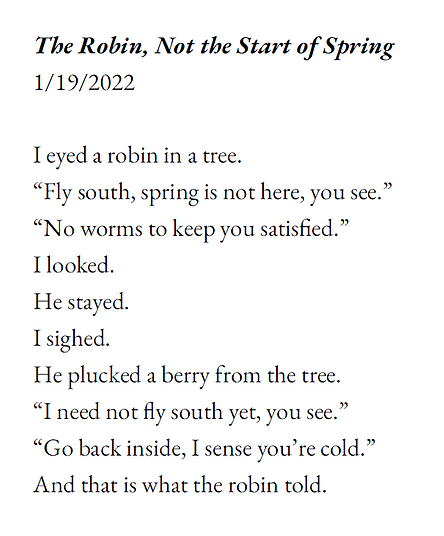
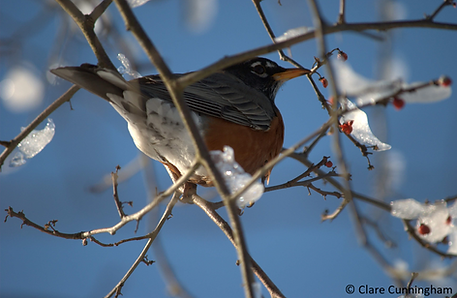
"This poem was written to educate people who think all robins leave for the winter and return to the Northeast in spring. Many stay in New England during the winter months, but they are less visible as their source of food changes from things like worms to berries." - Henry
Written by: Henry Malec-Scott, 10

Spring Artwork
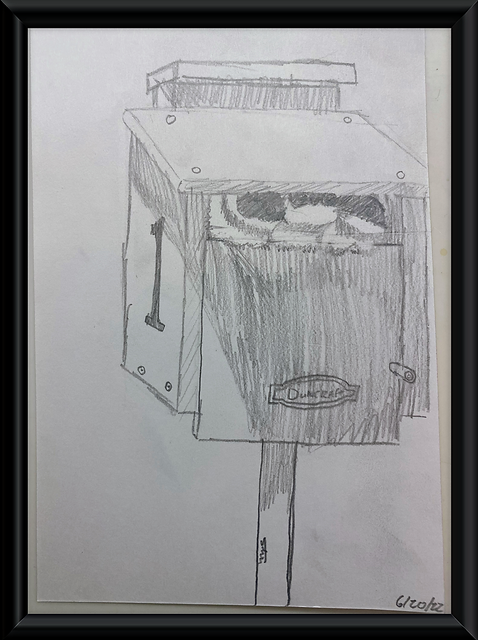
Tree Swallow Fledglings
above, artist: Shin Yu, 10
Breeding season is here, and this is the output.
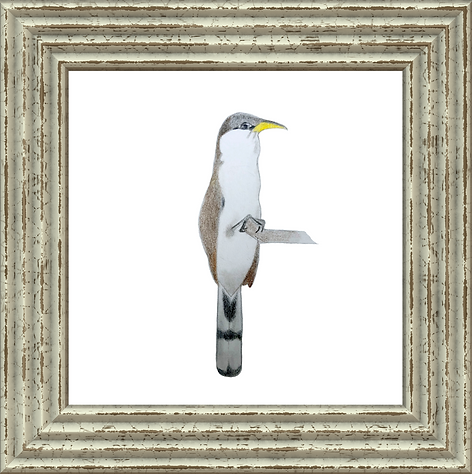
Yellow-billed Cuckoo
(Coccyzus americanus)
above, artist: Henry Malec-Scott, 10
The yellow-billed Cuckoo is the species of cuckoo that is most likely to abandon brood parasitism - the act of laying eggs in other birds' nests so the hosts raise and fledge their young. Some Yellow-billed cuckoos will make a nest to raise a family of their own.
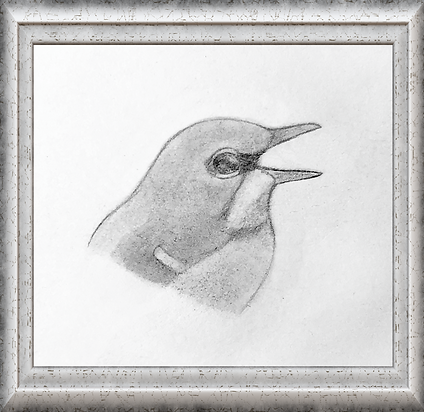
Northern Parula
(Setophaga americana)
above, artist: Henry Malec-Scott, 10
The Northern Parula is a species of warbler that once belonged to its own genus, Parula, but is now in the genus Setophaga because of new DNA evidence. It makes a loud, buzzy "gee-zip" call and they are floofy and plump.

American Woodcock
(Scolopax minor)
above, artist: Henry Malec-Scott, 10
The American Woodcock is a shorebird known for its aerial courtship display in which it spirals in the air while making a distinctive "Peent, peent" call.
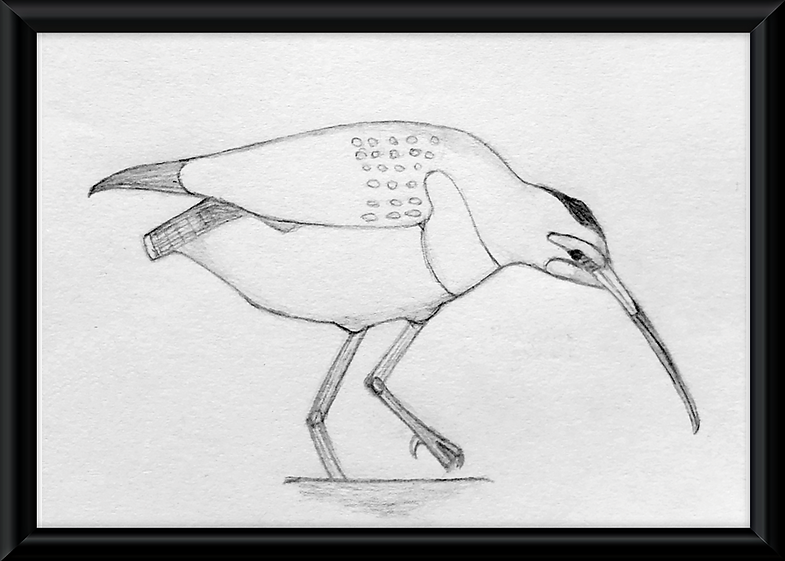
Hudsonian Godwit
(Limosa haemsticka)
above, artist: Henry Malec-Scott, 10
The Hudsonian Godwit undertakes a phenomenon known as loop migration - following different routes when traveling north or south. We see godwits in North America mainly during spring migration.
Spring Photography
 Song sparrowPhotographer: Shin Yu, 10 Song sparrow from birding trip. |  Eastern Bluebird (Sialia sialias)Photographer: Henry Malec-Scott, 10 Eastern Bluebirds are a common, well-known species of bird found in most of eastern U.S.A. Though most species migrate south, a few birds tend to overwinter - spending the winter here instead of migrating. |  Mom and kidsPhotographer: Shin Yu, 10 Female mallard and 2 ducklings eating duckweed, photography |
|---|---|---|
 Baltimore oriolePhotographer: Shin Yu, 10 |  Green HeronPhotographer: Shin Yu, 10 Green heron standing on a lily pad, photography | 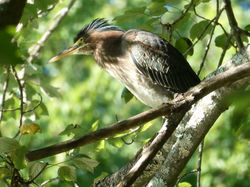 Green Heron (Butorides virescens)Photographer: Henry Malec-Scott, 10 Green Herons are a small compact species of heron that often perches on sticks near marshes, nimbly sprinting over on branches. They are bright green, with a reddish face that blends into streaks at its breast. |
 Gray Catbird (Dumatella carolinensis)Photographer: Henry Malec-Scott, 10 Gray Catbirds are known for their common "mew mew" call, but have vast repertores that can aid them in imitation. They are cloesly related to mockingbirds, which tend to thrive in suburban areas. |  Ruby-throated hummingbird (Archilochus colubris)Photographer: Henry Malec-Scott, 10 Ruby-throated Hummingbirds are a species of hummingbird that is very widespread and hosts dense populations throughout Eastern North America. They are loyal and will return year after year to the same spots, as long as there is a lasting supply of nectar. | 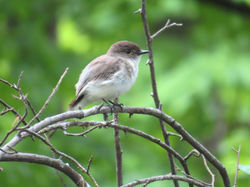 Eastern PhoebePhotographer: Henry Malec-Scott, 10 Eastern Phoebes are part of a group of birds called flycatchers, which, hence the name, have a diet that largely consists of insects caught in flight. They are one of the earliest migrants to arrive in New England in spring. |

A Spring Story

